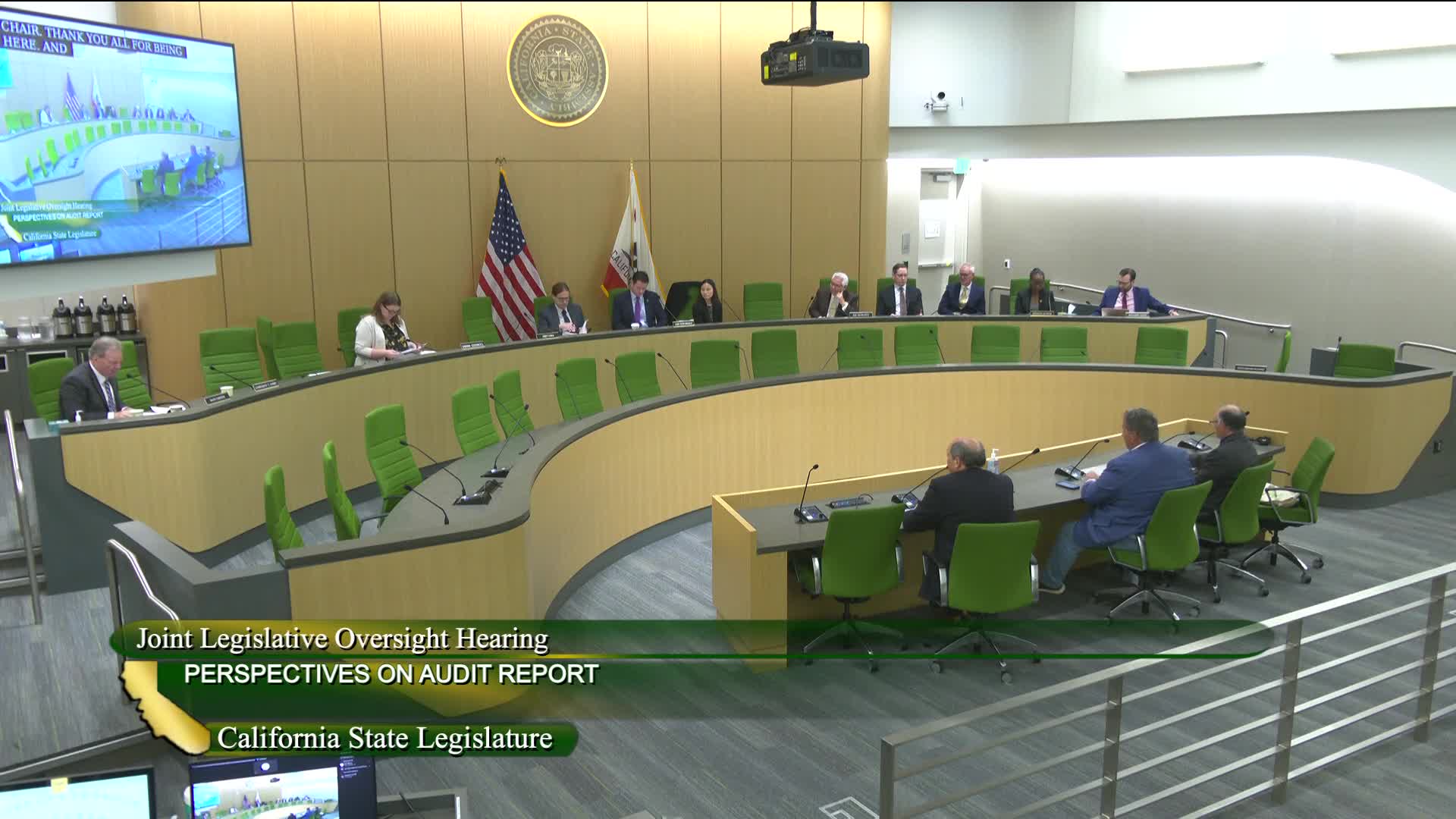Senator Cortese addresses evacuation challenges for seniors in vulnerable communities
March 05, 2025 | California State Assembly, House, Legislative, California
This article was created by AI summarizing key points discussed. AI makes mistakes, so for full details and context, please refer to the video of the full meeting. Please report any errors so we can fix them. Report an error »

Concerns over emergency evacuation for vulnerable populations, particularly older adults, dominated discussions at the California State Assembly's Joint Hearing on Emergency Management. Legislators highlighted the urgent need for improved egress strategies in areas prone to wildfires, especially in retirement communities situated near wildfire urban interface (WUI) zones.
Senator Cortese shared a personal account of his 92-year-old father living in a retirement community at risk during the 2020 SCU and CZU fires. He emphasized the critical issue of limited evacuation routes, noting that many residents may struggle to leave quickly in an emergency. "There's only one way out," he stated, underscoring the potential danger posed by shifting winds that could rapidly escalate fire threats.
The senator called for legislative action to ensure that elderly residents receive timely notifications about evacuations, particularly those lacking reliable internet or cellular access. He pointed out that many vulnerable individuals are often overlooked in emergency planning, lacking clear communication about evacuation procedures.
Mister Fraser, a key speaker at the hearing, acknowledged the gaps in current emergency response strategies. He noted that while progress has been made in accommodating individuals with disabilities, the needs of the elderly population must also be prioritized. "We have to be able to talk to our mobility experts on how to assess who needs what and when," he said, stressing the importance of collaboration among various agencies to enhance safety measures.
The discussion also touched on the necessity of engaging with local communities to develop effective evacuation plans. Fraser emphasized that understanding the unique challenges faced by residents in rural areas is essential for creating comprehensive emergency protocols.
As California continues to grapple with the threat of wildfires, the assembly's focus on improving evacuation strategies for older adults signals a critical step toward safeguarding vulnerable populations in future emergencies. The call for action reflects a growing recognition of the need for inclusive planning that addresses the specific needs of all community members.
Senator Cortese shared a personal account of his 92-year-old father living in a retirement community at risk during the 2020 SCU and CZU fires. He emphasized the critical issue of limited evacuation routes, noting that many residents may struggle to leave quickly in an emergency. "There's only one way out," he stated, underscoring the potential danger posed by shifting winds that could rapidly escalate fire threats.
The senator called for legislative action to ensure that elderly residents receive timely notifications about evacuations, particularly those lacking reliable internet or cellular access. He pointed out that many vulnerable individuals are often overlooked in emergency planning, lacking clear communication about evacuation procedures.
Mister Fraser, a key speaker at the hearing, acknowledged the gaps in current emergency response strategies. He noted that while progress has been made in accommodating individuals with disabilities, the needs of the elderly population must also be prioritized. "We have to be able to talk to our mobility experts on how to assess who needs what and when," he said, stressing the importance of collaboration among various agencies to enhance safety measures.
The discussion also touched on the necessity of engaging with local communities to develop effective evacuation plans. Fraser emphasized that understanding the unique challenges faced by residents in rural areas is essential for creating comprehensive emergency protocols.
As California continues to grapple with the threat of wildfires, the assembly's focus on improving evacuation strategies for older adults signals a critical step toward safeguarding vulnerable populations in future emergencies. The call for action reflects a growing recognition of the need for inclusive planning that addresses the specific needs of all community members.
View full meeting
This article is based on a recent meeting—watch the full video and explore the complete transcript for deeper insights into the discussion.
View full meeting
